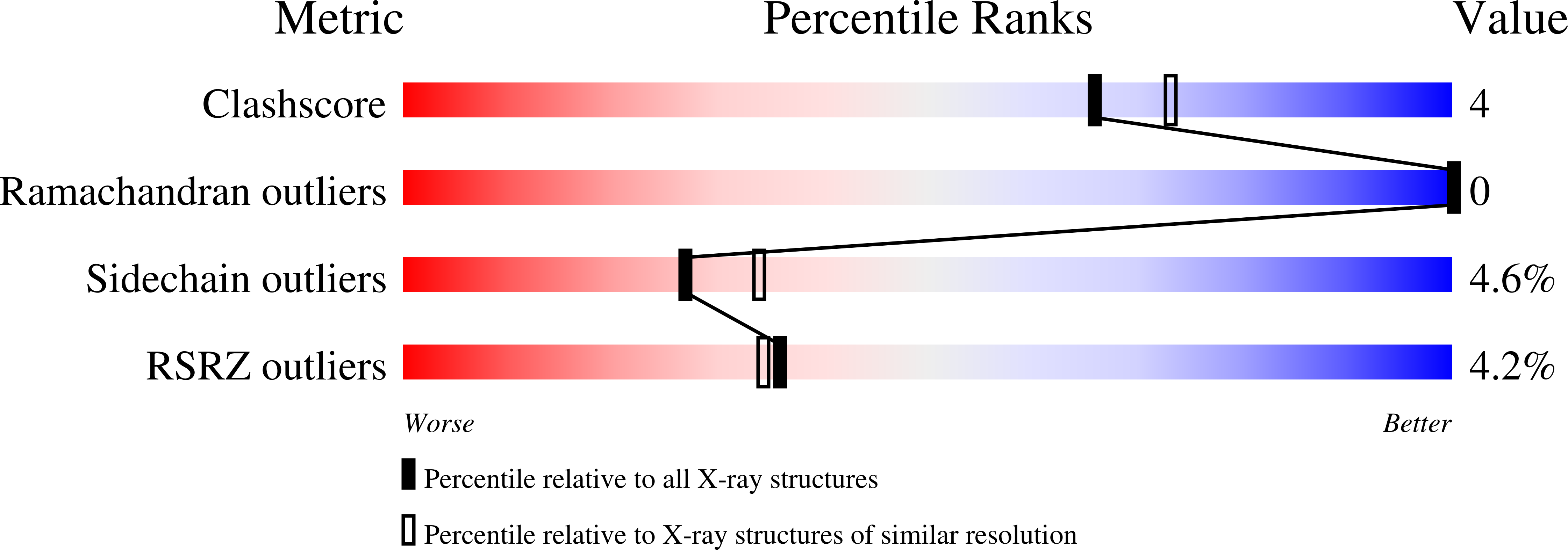
Deposition Date
2001-01-17
Release Date
2001-06-06
Last Version Date
2024-02-07
Method Details:
Experimental Method:
Resolution:
2.20 Å
R-Value Free:
0.24
R-Value Work:
0.18
Space Group:
P 3 2 1


